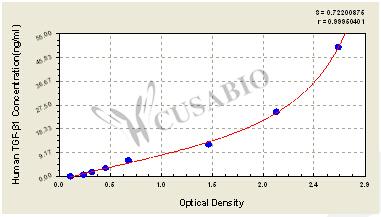- Home
- Products
- CRO Service
Quote for CRO Service Specialized CRO Services
- Therapeutic Antibody Discovery Service*
- Stable Cell Line Development Service
- Custom Peptide Synthesis
Custom Antibody Services- Single B Cell Antibody Discovery*
- HTP Recombinant Antibody Production
- Recombinant Ab Production
- Monoclonal Ab Production
- Polyclonal Ab Production
- Modified Ab Production
- Anti-idiotype Antibody Production*
- Custom Nanobody Service
- Pathways
- Technical Resources
- About Us
- Contact










